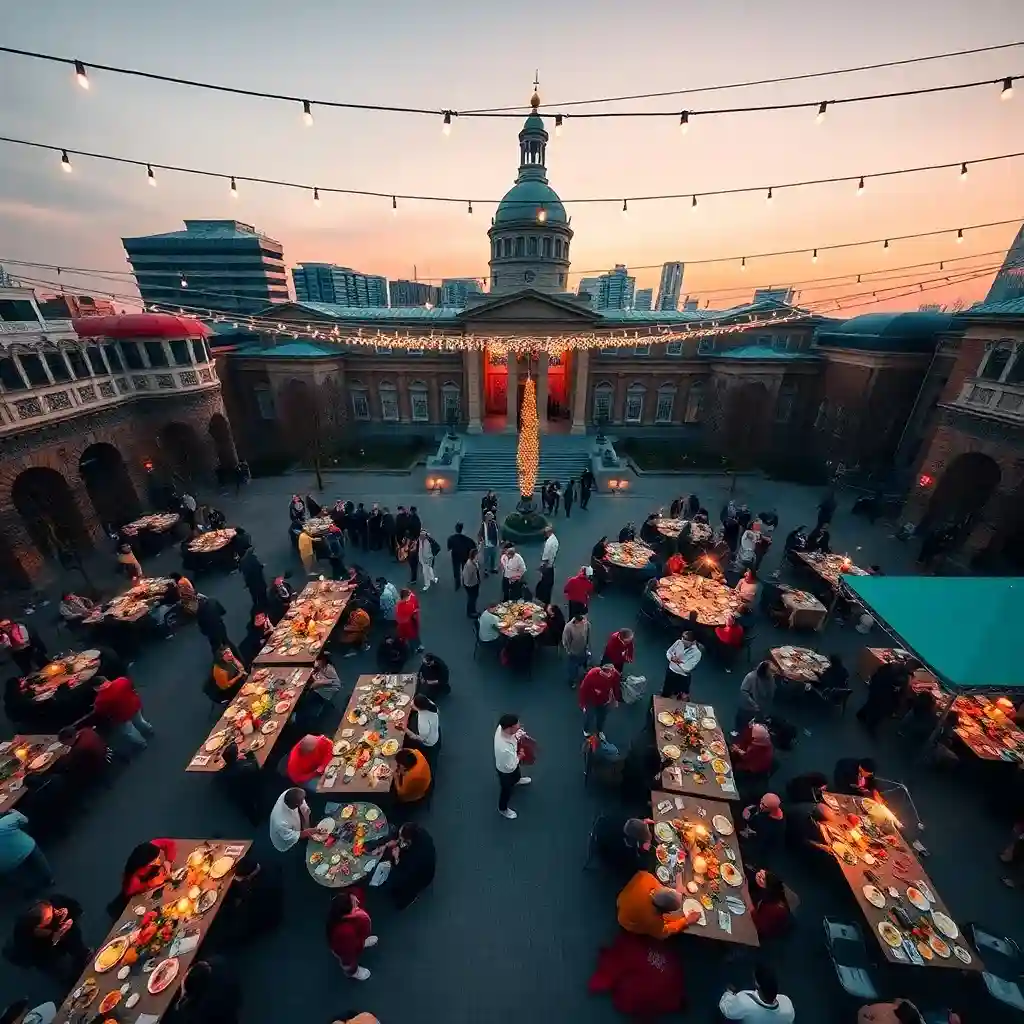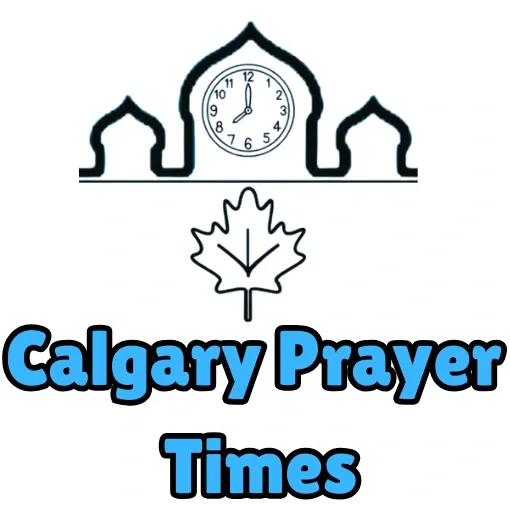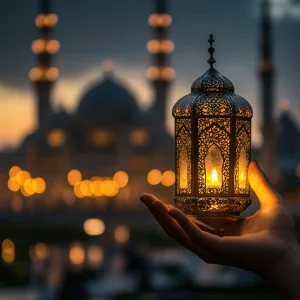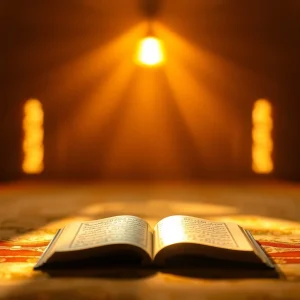Ramadan in Different Cultures Around the World
Ramadan in Different Cultures Around the World serves as a holy period for Muslims all over the world during the ninth month of the Islamic lunar calendar. It emphasizes fasting, deep prayer, personal reflection, and social bonding among believers. Muslims practice spiritual growth along with self-discipline and empathy toward others during Ramadan by abstaining from food and drink and physical needs throughout daily dawn-to-sunset periods. Different cultures and regions practice Ramadan observance in largely divergent ways even though its essential doctrines remain standard. This paper details the diverse methods by which people worldwide observe Ramadan through their distinctive observance practices and cultural traditions.

Major Regions with Ramadan Cultural Uniqueness
1. Ramadan in the Middle East
The Middle East stands as the Islamic origin point since it hosts some of the most extensive and conventional Ramadan festivals throughout the year. The three nations, Saudi Arabia, together with Egypt and the United Arab Emirates, celebrate this month through strong religious activities and collective rituals.
Saudi Arabia:
Saudi Arabia experiences increased religious activities across its national territory because both Mecca and Medina serve as the most sacred Muslim centres. Every building in cities creates a festive atmosphere through its lighting decorations and widespread sounds of the prayer calls. Muslim families prepare the meals for breaking the fast called Iftar, followed by the pre-dawn meal known as Suhoor, which typically includes Saudi Arabian dishes such as kabsa (rice with meat spicing) and harees (meat- and wheat-made porridge). The final ten days of Ramadan are of significant importance, especially the Islamic celebration named Laylat al-Qadr (Night of Power), when Muslims believe the Prophet Muhammad received the first revelation of the Quran.
Egypt:
Egyptian society embraces Ramadan through its various social settings combined with cultural celebrations that bring the community together. The night atmosphere becomes vibrant through the installation of bright Fanoos decorations while local music and religious devotions play throughout the streets. The normal fasting conclusion for Egyptians features ful medames (mashed fava beans) and ta’meya (Egyptian falafel), with a sweet course of kunafa and qatayef included. One traditional Ramadan practice during the period is mesaharati, which involves someone walking through the streets prior to dawn while performing drumming to awaken people for Suhoor.
2. Ramadan in South Asia
South Asians bring together religious worship and local traditions to mark Ramadan’s observance. Each country in South Asia—Pakistan, India, and Bangladesh—maintains its distinct Ramadan celebration traditions during the holy month.

Pakistan:
The holy month of Ramadan acts as a time when Pakistani citizens deepen their spiritual connection and strengthen their ties with their community members. The recitation of the Quran takes place frequently inside mosques while religious followers pack their places of worship every day. A typical Pakistani Iftar dinner begins with samosas, while pakoras accompany dahi bhalla before jalebi and fruit chaat* become the sweet conclusion. Many Pakistani individuals enhance their charitable work this month by making donations to help poor people while simultaneously funding free dinner services during the breaking of the fast.
India:
Muslim believers in India, who constitute a substantial part of the nation, pay deep respect to the observance of Ramadan. Delhi Hyderabad and Lucknow, along with other cities in India, present spectacular displays of bright street decorations and spacious mosques that fill with people honouring the occasion. The traditional Indian Muslim iftar includes dates together with chana chaat (spiced chickpeas) and rooh afza, which is a red water cultivar rose-flavoured beverage. During this time Muslims prepare their famous traditional feast, haleem, along with sheer khurma (vermicelli pudding), as well as enjoy dates and rooh afza.
3. Ramadan in Southeast Asia
Many of the world’s largest Muslim communities, who reside in Southeast Asia, combine traditional customs with contemporary practices during the month of Ramadan. Indonesia, together with Malaysia and Brunei, demonstrates particular customs for observing the holy month.
Indonesia:
Indonesia displays broad and magnificent Ramadan celebrations because it holds the position of hosting the world’s biggest Muslim community. People start Ramadan by visiting ancestral graves during nyekar ceremonies for prayer sessions as they clean the sites. During Iftar in Indonesia, people serve kolak, a sweet dessert with coconut milk and banana, along with opor ayam, consisting of chicken cooked in coconut milk. People make mudik journeys to celebrate Eid al-Fitr with their families in their hometowns during this month.
Malaysia:
The period of Ramadan in Malaysia creates a wonderful sense of communal harmony alongside strong cultural beliefs among people. The whole city comes alive with festive light decorations and banners, while special Tarawih prayers take place in mosques. During Iftar, Malaysian families commonly prepare two distinct dishes that consist of bubur lambuk (savoury rice porridge) and ayam percik (grilled chicken with coconut sauce). Vendors organize the Ramadan bazaar during the month to present to Muslims a wide range of traditional foods and drinks for Iftar.
4. Ramadan in the West
Western nations that have substantial Muslim populations, including America along with Britain and Canada, observe Ramadan through a combination of traditional customs and contemporary modifications that align with their multicultural settings.
United States:
Muslims across America use Ramadan as an opportunity to build community cohesion while coming together during this period. The Islamic centres, together with mosques, provide both discounted meals and evening prayer services for members of all backgrounds. During sunset, Muslim Americans combine traditional national foods from their heritage with food items popular in their new country to celebrate breaking their fast. Muslims invite their non-Muslim neighbours and friends to join them for Iftar on a regular basis throughout the month.

Canada:
The multicultural identity of Canada reaches its peak during Ramadan within Toronto and Montreal alongside Vancouver because these cities have several strong Muslim communities. During Iftar, Muslim community centres, together with mosques, organize inclusive social gatherings between cultures that serve traditional Somali sambusa beside Lebanese fatayer in addition to Canadian maple-glazed desserts and poutine-inspired dishes. Northern Canada poses special fasting difficulties to its Muslim population because the region extends its sunset hours until as late as 9 PM. The “Feed the Needy” initiatives of Islamic associations operating throughout Canada receive support from numerous Muslim Canadians through their participation in these food collection drives. The public space at Toronto’s Nathan Phillips Square occasionally arranges collaborative Iftar events to build relations within an inclusive society.
United Kingdom:
The commemoration of Ramadan in the United Kingdom adopts a unified multicultural spirit that welcomes people from all backgrounds to join in the festivities. The UK cities of London, along with Birmingham and Manchester, organize big Iftar celebrations where a wide range of people from multiple religious and cultural backgrounds participate. Breakfast during the Muslim fasting period involves various traditional items, including dates, samosas, and biryani, for British Muslims. The month includes a well-known tradition of Ramadan tents providing communal fasting opportunities for people to share their breaking of the fast.
FAQs for Ramadan in Different Cultures Around The World
Conclusion
Muslims globally celebrate Ramadan as a very meaningful spiritual period. The fundamental Ramadan practices of fasting along with prayer and reflection exist in common, but the cultural customs for observing this period show vast differences between different regions and ethnic traditions. Every Islamic culture showcases different holiday customs during Ramadan through vibrant Egyptian lanterns and American community Iftar celebrations. Muslims from around the world enjoy numerous celebrations that simultaneously enhance their Ramadan experiences and demonstrate the unity and multiculturalism of Muslims worldwide.







